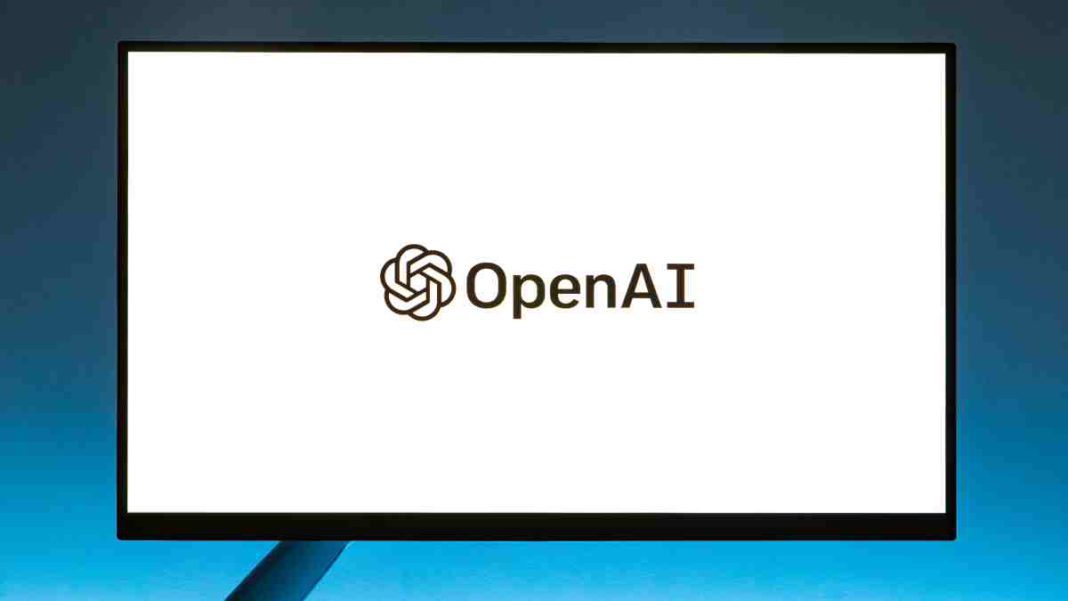UNITED STATES: OpenAI, the leading artificial intelligence company based in San Francisco, has unveiled a remarkable upgrade to its popular ChatGPT service.
This latest iteration of ChatGPT, released on Monday, introduces two transformative features that catapult the AI chatbot into a realm of unprecedented human-like interaction: voice communication and image recognition.
Speaking your language: Voice interaction
With the addition of voice interaction, ChatGPT now engages users using spoken words, offering a more natural and versatile conversational experience.
The synthetic voices employed by ChatGPT are reported to sound remarkably human, distinguishing this AI bot from conventional digital assistants like Siri and Alexa. Users can select from five different voice options, including male and female voices, to personalize their experience.
This voice capability enables ChatGPT to tackle an extensive array of tasks, from reading out emails and composing poetry to crafting term papers and delivering jokes on the fly.
Unlike traditional voice assistants, ChatGPT relies on its foundation of large language model (LLM) technology, empowering it to handle diverse topics and tasks without the need for pre-programmed commands.
OpenAI’s objective in introducing voice interaction is to enhance the accessibility and utility of ChatGPT, providing a more natural mode of interaction, particularly for individuals who find typing or reading less convenient.
Seeing is believing: Image recognition
In a move that further sets ChatGPT apart from its peers, the AI chatbot can now respond to images uploaded by users. For example, if a user shares a photograph of the contents of their refrigerator, ChatGPT can suggest delectable dishes based on the available ingredients.
This feature extends beyond cooking, as ChatGPT excels at describing images and answering questions about their content.
The image recognition feature holds tremendous potential for visually impaired individuals, offering them an enhanced understanding of visual content and enabling a more inclusive experience. Moreover, it serves as a valuable tool for anyone seeking detailed information about the images they encounter.
Balancing innovation and responsibility
While the image recognition feature promises exceptional utility, OpenAI exercised caution in its release due to concerns regarding potential misuse, including unauthorized face recognition. The company’s commitment to ethical AI development underscores the careful rollout of these advanced capabilities.
Access and availability
The latest version of ChatGPT is accessible to subscribers of ChatGPT Plus and Enterprise plans. Notably, the voice interaction feature is compatible with iPhones, iPads, and Android devices, while the image recognition capability functions seamlessly across web and mobile platforms.
OpenAI’s recent surge in AI tool releases includes an updated version of its DALL-E image generator, integrated into ChatGPT, allowing users to request the chatbot to create images for them.
A glimpse into the future of conversational AI
Since its inception just last year, ChatGPT has amassed hundreds of millions of users and spurred the development of similar services by industry giants like Google and Microsoft.
With these latest enhancements, OpenAI propels ChatGPT to the forefront of conversational AI, challenging established voice assistants like Alexa and Siri while pioneering new capabilities in natural language understanding and image recognition.
Also Read: ChatGpt AI and its impact on human jobs



